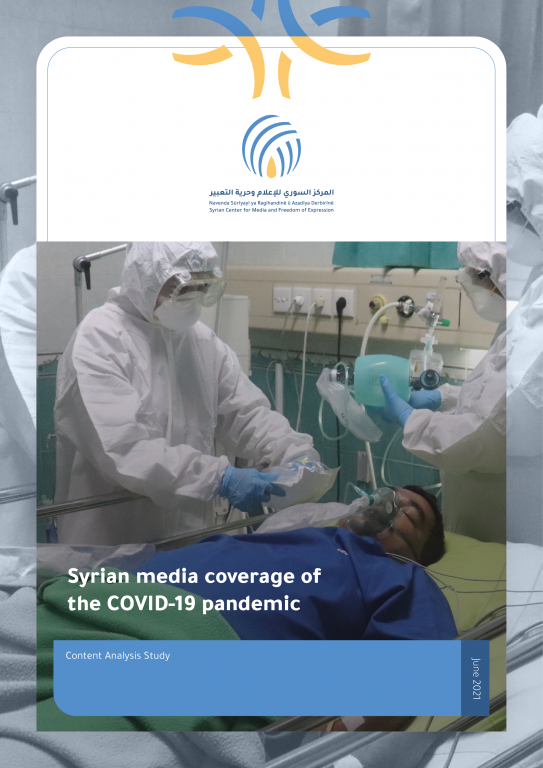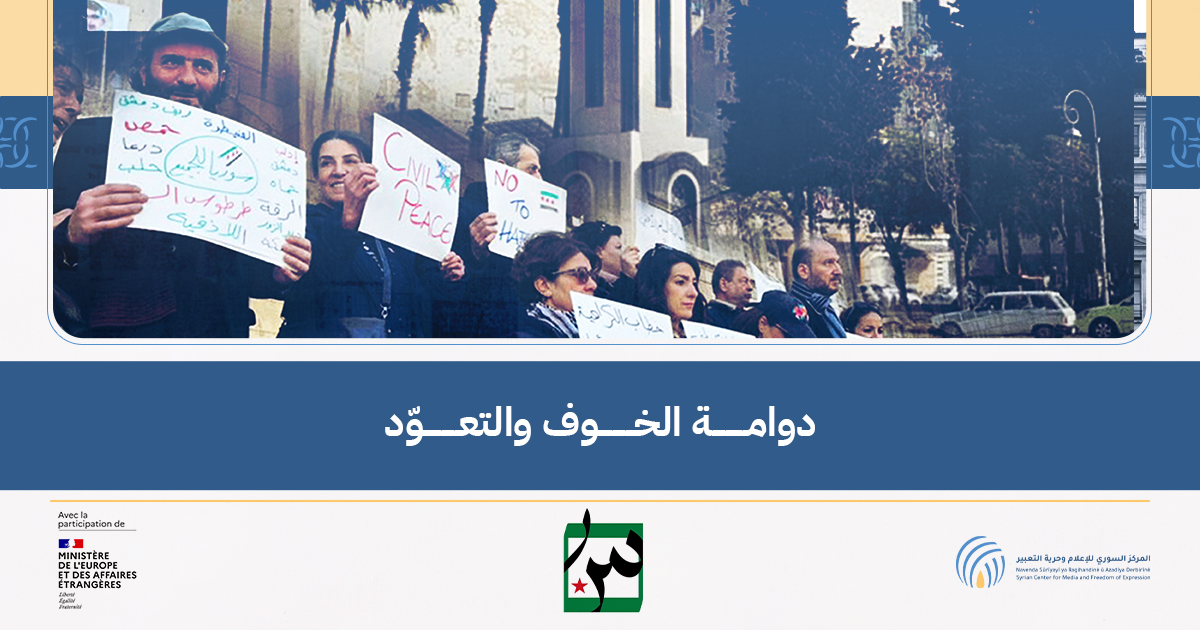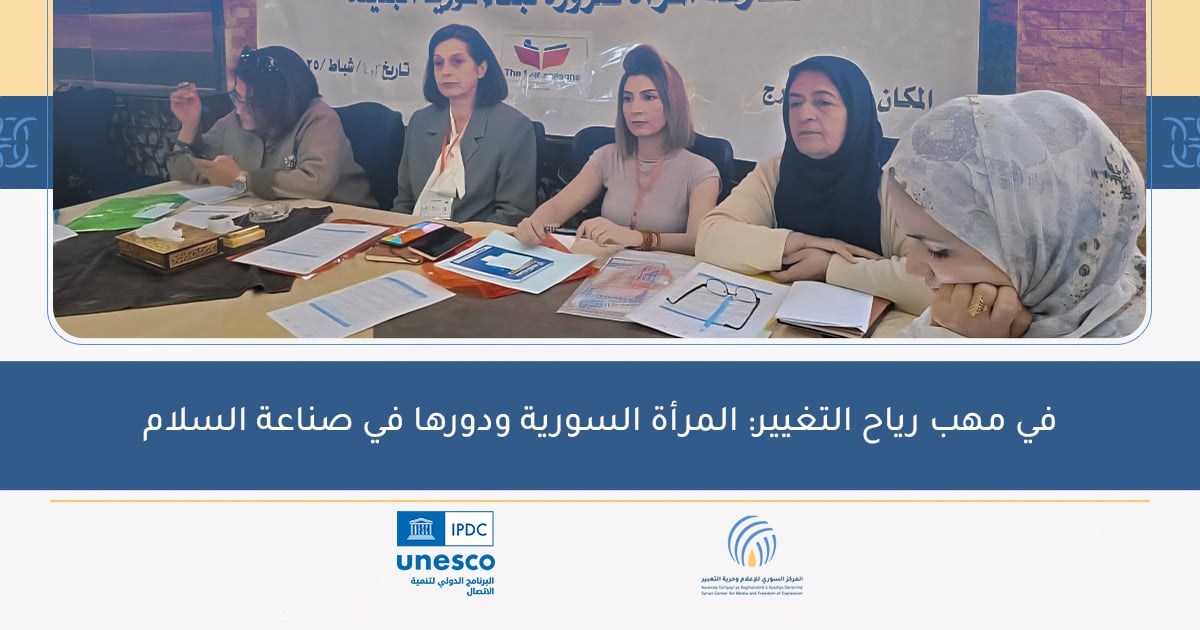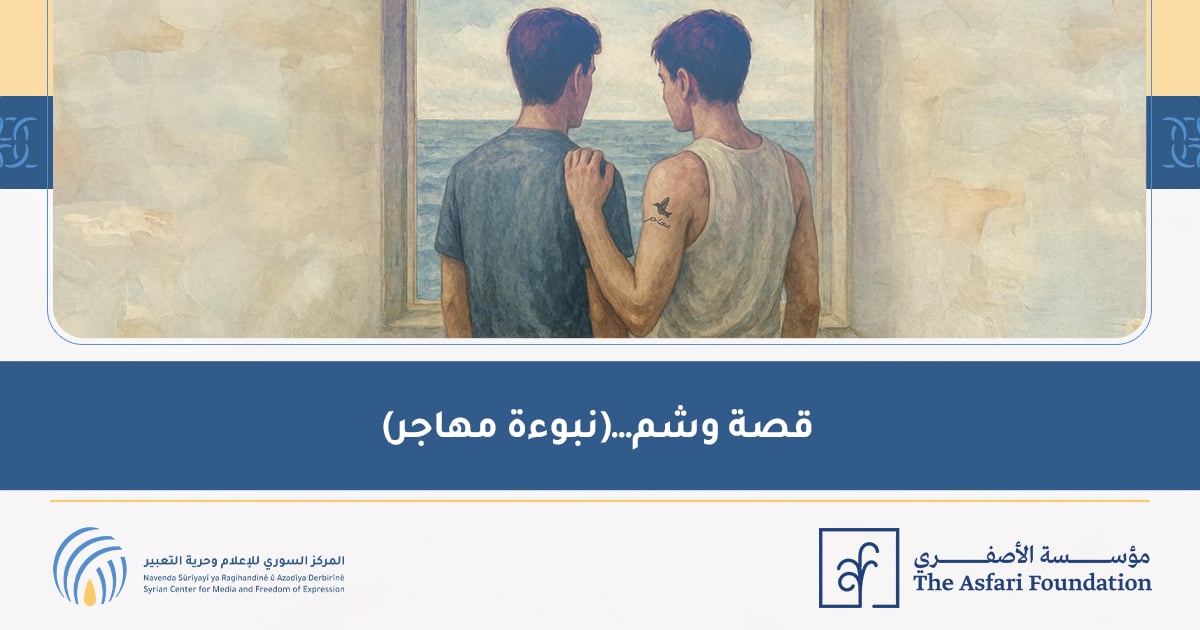The Covid-19 pandemic created new challenges for the media around the world, and these new burdens along with the extremely dangerous conditions of the press in Syria by the De facto authorities and the Syrian government, especially with the severe restrictions on the right of free access to and dissemination of information, based on arbitrary legal texts or through intimidation and violations against journalists to intimidate them, which led to major obstacles to the press to provide accurate information about the spread of the pandemic in the country.
The Syrian Center for Media and Freedom of Expression monitored 154 newspaper articles and more than 136 hours of television and radio broadcasts in the first three weeks of July 2020, to reach key indicators on how the Syrian media covered the pandemic news. The analysis of the data we obtained revealed significant gaps in the Syrian media’s coverage of the pandemic, especially in disseminating accurate information and correcting rumors. The evaluation was based on indicators of the media’s work and the official definition provided by UNESCO of the role of media during the Covid-19 pandemic. The analysis of the data obtained through the monitoring process also showed that the media could not manage sufficient resources to obtain accurate news, especially with doubts supported by practical research about the information provided by the Syrian government about the spread of the pandemic in Syria.
The difference in the political orientation had a clear effect on the form of dealing with the pandemic and the basic concerns of the media in covering the pandemic, which essentially proves that there is an effect of the political orientation on covering the pandemic news in Syria, which prompts a request to the de facto authorities and the Syrian government for not interfering in covering and disseminating information about the pandemic.
The research follows the descriptive, analytical, and comparative approach to differentiate the work of different types of journalism in conveying and educating Syrians about the pandemic. The research uses the content analysis form tool to obtain quantitative and qualitative data about the performance and products of the Syrian press during the pandemic.
The research also uses the interview tool with key figures from the local Syrian press, to shed light on the risks and difficulties they faced during their work related to the Covid-19 pandemic. Five interviews were conducted with members of the editorial boards of Syrian media institutions during March of 2021, to highlight some aspects that may not be shown in content monitoring and analysis.
Moreover, a questionnaire form has been distributed to a number of Syrian journalists working inside and outside Syria to inquire about their work conditions and the way their media institutions respond to the Covid-19 pandemic from their viewpoint as journalists. An analysis of the outcomes of the questionnaire will be published in a separate appendix later.
The study population represents the Syrian media in various areas and types (printed, radio, and visual media (TV)) and according to their geographical presence (Media operating in the areas of the Syrian government, media operating in the Autonomous Administration areas, and media operating outside Syria). As for the study sample, the researchers selected press materials randomly without repetition from the total production of the selected media institutions in the first three weeks of July of 2020 . The study vocabulary was chosen from 24 media outlets representing the three political orientations.
In this study, researchers of the Syrian Center for Media and Freedom of Expression conduct a comprehensive monitoring process of the media directed to Syrians in various areas and political orientations, to monitor its role during the Covid-19 pandemic, and measure the ability to perform its required role, which is to provide accurate information to help Syrians avoid as much risks as possible, and the impact that may the political conflicts have on that coverage and its performance.
To read the Full Report:
Skip to PDF content